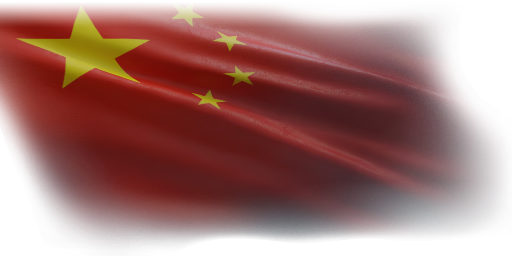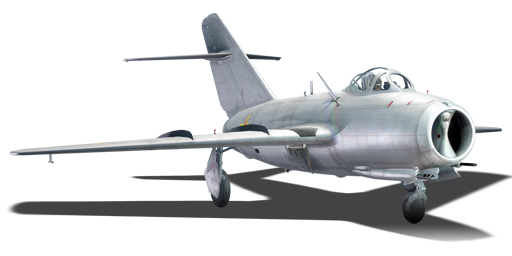



The J-2 represents the MiG-15bis in PLAAF service during the Korean War; MiG-15s were supplied to the PLAAF (as the PVAF) during the war to defend Mainland China from USAF bombings as well as intercepting air threats over the skies of now-North Korea. Although having some losses, some PLAAF pilots also marked their names in the history books by either shooting down enemy aces or becoming an ace themselves. These jets served in the PLAAF for another decade before the licensed domestic-built J-5 replaced them in the 1960s.
Introduced in Update 1.91 "Night Vision", the J-2 is a Chinese MiG-15bis and performs identically to it. Having a powerful VK-1 engine and devastating firepower, the J-2 shines with its overall performance against earlier jets, though it still requires attention to enemy missiles and the limited ammunition onboard. Alternatively, it can be a makeshift attacker to take out some valuable ground targets while being able to fight back against even some supersonic jets.
flaps
flaps
flaps
brake
| Belt | Belt filling | Armor penetration (mm) at a distance: | |||||
|---|---|---|---|---|---|---|---|
| 10 m | 100 m | 500 m | 1000 m | 1500 m | 2000 m | ||
| HEFI-T/HEFI-T/API-T | 49 | 47 | 39 | 32 | 26 | 21 | |
| HEFI-T/HEF-I/HEF-I | 6 | 6 | 5 | 4 | 3 | 3 | |
| API-T | 49 | 47 | 39 | 32 | 26 | 21 | |
| Belt | Belt filling | Armor penetration (mm) at a distance: | |||||
|---|---|---|---|---|---|---|---|
| 10 m | 100 m | 500 m | 1000 m | 1500 m | 2000 m | ||
| AP-I/FI-T | 31 | 29 | 22 | 15 | 10 | 7 | |
| FI-T/AP-I/AP-I/AP-I | 31 | 29 | 22 | 15 | 10 | 7 | |
| FI-T/FI-T/FI-T/AP-I | 31 | 29 | 22 | 15 | 10 | 7 | |
| AP-I | 31 | 29 | 22 | 15 | 10 | 7 | |












Flight performance | |
|---|---|
Survivability |
|---|
Weaponry | ||
|---|---|---|